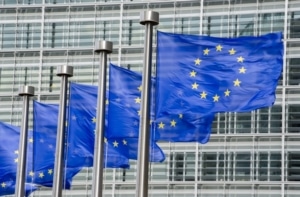Global vs Domestic HR-in 60 Seconds!
View our latest LinkedIn Video on Global Human Resources:https://www.linkedin.com/feed/update/urn:li:activity:6363403442727243776
Global human resources (HR) is a complex field. The legal, financial, tax, and HR functional responsibilities change completely in each country. They also change in relationship between countries. For example, data protection requirements tell you how to manage employee data, they also tell you how to handle the transfer of that information between specific countries. These functions affect how companies hire, fire, manage, reward, evaluate, move, and transfer personnel. In some respects, the HR leader will assume much more corporate responsibility in a global HR role, than in a domestic HR role. For example, just by hiring a managerial employee in Germany, you may create a “permanent establishment” (PE)in that country, which will allow a foreign country to tax your business. Or not. You might hire a customer service employee and not create a PE.
Just like in your country, laws that regulate the way in which companies manage people change continuously. In 2018 for example, updates to taxes in China, complex labor law changes in France, and new business incentives for companies in Spain are developing. One way we can help you get through these issues is by providing up-to-the minute advice and answers to your globalizing questions. Having been a global HR VP, I know you probably don’t have any time to spare. So, give us a call and we’ll give you an update, help you get organized, set up your business in a foreign country or just talk you through a tough decision. Birchtree globalizes the strategy, businesses, and people for growing businesses.





